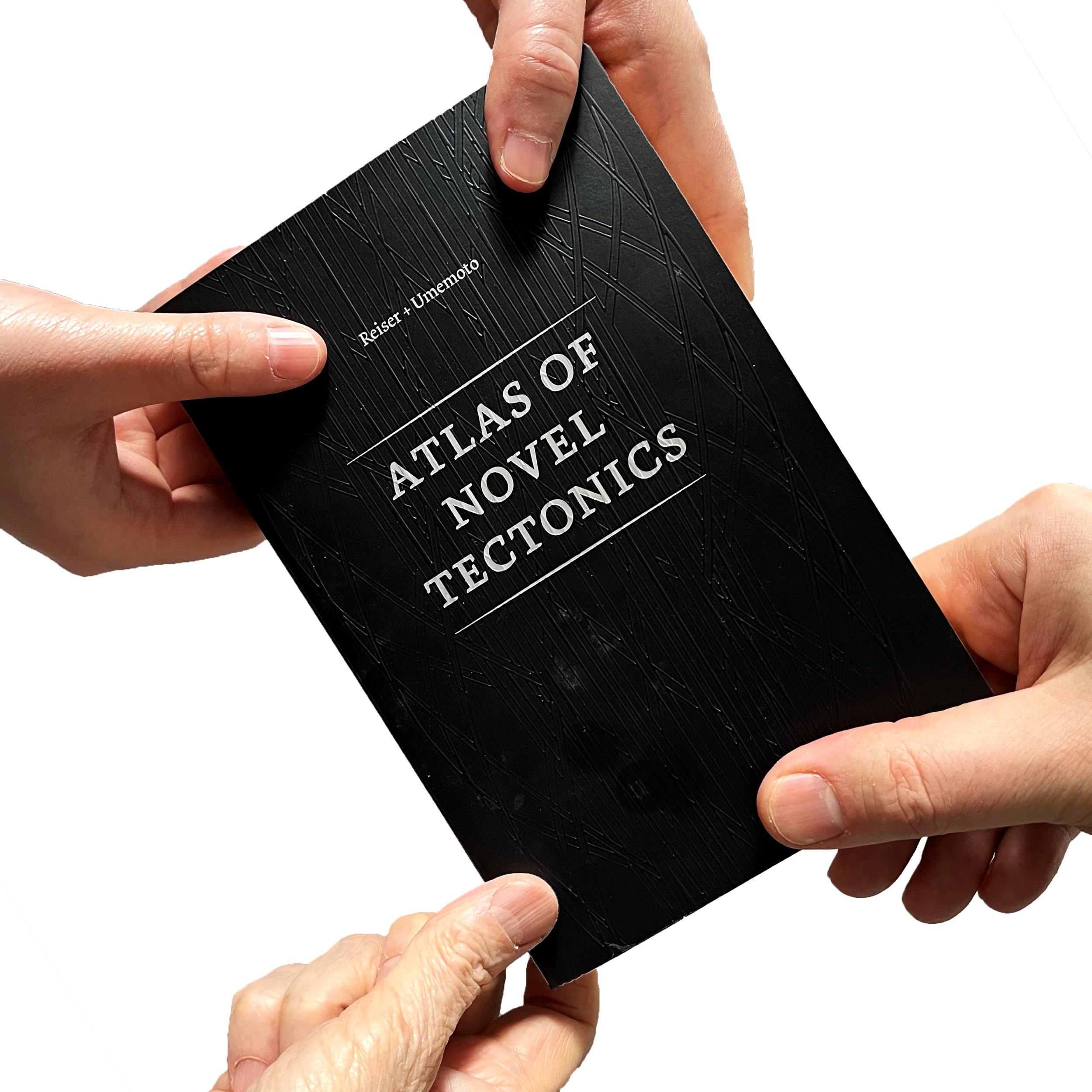Liquid Architecture
Inspired by the architectural ideas of Reiser+Umemoto’s Atlas of Novel Tectonics and Sanford Kwinter’s introduction, “The Judo of Cold Combustion,” contemporary dance practice New Dialect presents “Atlas Kid” and “Guncotton.”
Scenes from Atlas Kid, commissioned by OZ Arts Nashville and choreographed by Banning Bouldin of New Dialect.
Goethe theorized that music is “liquid architecture,” and choreographer Banning Bouldin has proven the point.
By adapting architectural ideas from Jesse Reiser’s and Nanako Umemoto’s Atlas of Novel Tectonics and Sanford Kwinter’s introduction “The Judo of Cold Combustion," Bouldin, founder of Nashville-based New Dialect, has developed new means for generating contemporary dances. The result is a multiyear, collaborative effort coalescing in two cross-disciplinary productions, Atlas Kid and Guncotton.
Atlas Kid premiered at OZ Arts Nashville in 2016, with an original score by Ljova and Mikael Karlsson. According to Bouldin, the work wields concepts like variation and scale to “build on [Kwinter’s] principle of unfolding geometry and novelty, to conjure up a dreamlike world sculpted from the temperatures, textures, shapes, and feelings of our childhood memories. Using the playful habits of shadow making, mimicry, and exaggeration, the dancers re-imagine traumatic and triumphant experiences that formed their perceptions of the adult world around them—a place where they are, in their re-imagining, both natives and foreigners.”
Created with visual artist Greg Pond, Guncotton spans dance, sculpture, drawing, and sound to explore form-making through movement and motion capture technology. As Bouldin describes, “To begin, I devised a series of rule games based on concepts addressed in Atlas of Novel Tectonics. Dancers used these rules as a roadmap to project geometric limits to their bodies, generate imagined intensive changes to their own matter, inscribe negative space around each other to create reactionary new forms, and deconstruct movement patterns in an exploration of coherence and incoherence. Through this process we built a lexicon of physicality rooted in architectural ideas. These movements were recorded and—by means of computer code—interpolated into an object, sound, or image. By repeating this program over and over again, our team was able to co-create continuously unfolding sets of dances, scores, and sculptures.” These collected works were installed and performed in galleries throughout the United States in 2018.
A gallery installation of Guncotton, which was inspired by Sanford Kwinter’s introduction “The Judo of Cold Combustion.”
Stills taken from motion scans during Guncotton movement research, which were then turned into sculptures by Greg Pond.
Bouldin continues to use Atlas-based concepts to inform her choreographic research. She created her most recent theatrical work The Triangle as a surrealistic self-portrait of her experiences as a movement artist living with periods of paralysis. Bouldin’s practice of drawing on Reiser and Umemoto’s architectural ideas to inform her own compositional language has empowered her to continue generating complex and nuanced movements with large groups of artists, when she herself cannot move.
Founded out of a desire to help foster a sustainable ecosystem for contemporary dance in her hometown, Bouldin’s company New Dialect offers workshops and residencies to professional and pre-professional dance artists, and produces performances for the stage, the screen, as well as site-specific installations. Their rotating ensemble includes choreographers, dancers, composers, musicians, designers, photographers, and filmmakers from across the globe. More information on their work can be found on their website, www.newdialect.org.


